Decorating a studio apartment can be a fun challenge. With just one open space to work with, it’s all about maximizing function without sacrificing style. Whether you’re a minimalist, a cozy maximalist, or something in between, these practical and creative tips will help you turn your studio into a stylish and comfortable home.
1. Use Furniture & Rugs to Define Zones
In a studio there are no walls to separate your bedroom, living room, and dining area, but you can create distinct areas using furniture and rugs. For example, you could use a couch to divide your sleeping area from your living space. You could even use area rugs to show the different zones of your studio, just lay one down and design your sleeping area, dining area, or living space around it.
 (Pictured: Belziani Sofa)
(Pictured: Belziani Sofa)
2. Multi-Functional Furniture: Your New Best Friend
With the minimal space available in a studio, you’re going to want to have as few “big” pieces as possible, multi-functional pieces will help with that! A coffee table with a lift-top can allow you to study without a bulky desk that takes up valuable space, while some pieces like bed frames or ottomans can help increase your storage. To learn more you can go to our blog post about how to maximize your space with multi-functional furniture.
 (Pictured: Loyaska Coffee Table)
(Pictured: Loyaska Coffee Table)
3. Think Vertically
Take advantage of the wall space in a studio apartment. Look into installing shelves or wall-mounted storage above desks, beds, or couches to free up floor space. Tall bookshelves can act as both storage and a room divider. Even hanging plants from the ceiling helps decorate without cluttering your counters or taking up too much square footage.
 (Pictured: Cadmon Wall Shelf)
(Pictured: Cadmon Wall Shelf)
4. Use Light Colors to Open Up the Space
Lighter colors make a space feel larger and more open. Stick to whites, creams, soft grays, or pastels for your walls and main furniture pieces. If you go with neutrals for your main furniture, such as your couch, add pops of color through pillows, artwork, or a statement chair with a patterned design to keep things visually interesting.
 (Pictured: Sethford Wall Art)
(Pictured: Sethford Wall Art)
5. Create a Focal Point
Even a small space benefits from a focal point. It could be a gallery wall above your bed, a bold headboard with LED lighting or rhinestones, a dramatic light fixture that adds a touch of glamour, or an area rug with a unique design and color palette. Just one eye-catching feature can elevate the look of the entire apartment.
 (Pictured: Zyniden Queen Size Headboard)
(Pictured: Zyniden Queen Size Headboard)
6. Use Mirrors Strategically
Mirrors reflect light and make a small space feel bigger. Hang a large mirror, add a mirror to an art gallery wall, or create a mirror gallery wall across from a window to maximize natural light and brighten your home. You could also use mirrored furniture pieces to bounce light around the room.
 (Pictured: Jasna Accent Mirror)
(Pictured: Jasna Accent Mirror)
7. Keep It Clutter-Free
In a studio, clutter shows up fast and can make your home feel overwhelming. Be intentional about what you keep visible. Store off-season clothing and extra linens underneath your bed in storage containers or keep rarely-used kitchen tools out of sight in the drawers of your cabinets. Decorative baskets, bins, and boxes are going to be a necessity when you live in a studio.
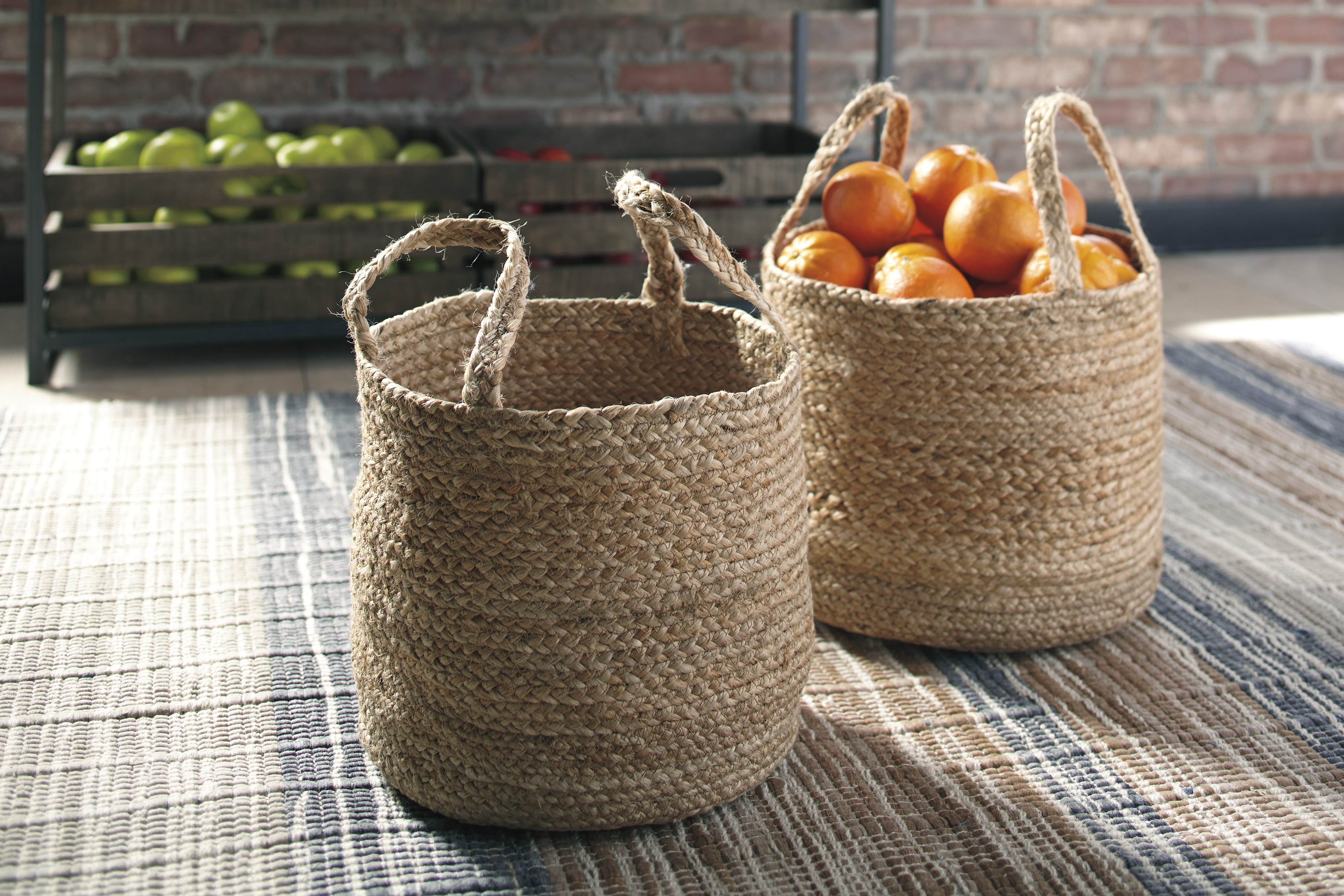 (Pictured: Brayton Basket Set)
(Pictured: Brayton Basket Set)
8. Personalize the Space
Your studio apartment should feel like you. Showcase your personality and personal style with your favorite art pieces, plants, meaningful decor pieces like a photo album for the coffee table, or DIY projects if you’re a crafty type of person. Just because your apartment is small doesn’t mean it has to feel generic and bland.
 (Pictured: Parryville Wall Art)
(Pictured: Parryville Wall Art)
Living in a studio apartment means making every square inch count. With smart layout planning and a touch of your personal style, you can create a space that’s both beautiful and efficient. Remember, small doesn’t mean boring, it just means you get to be a little more creative.






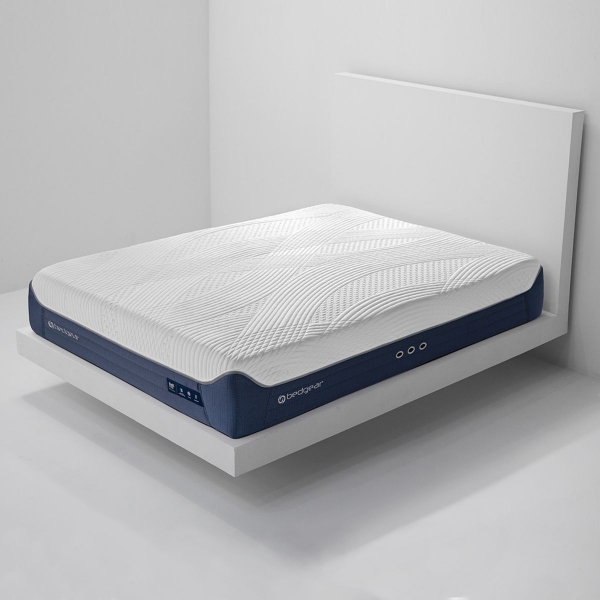
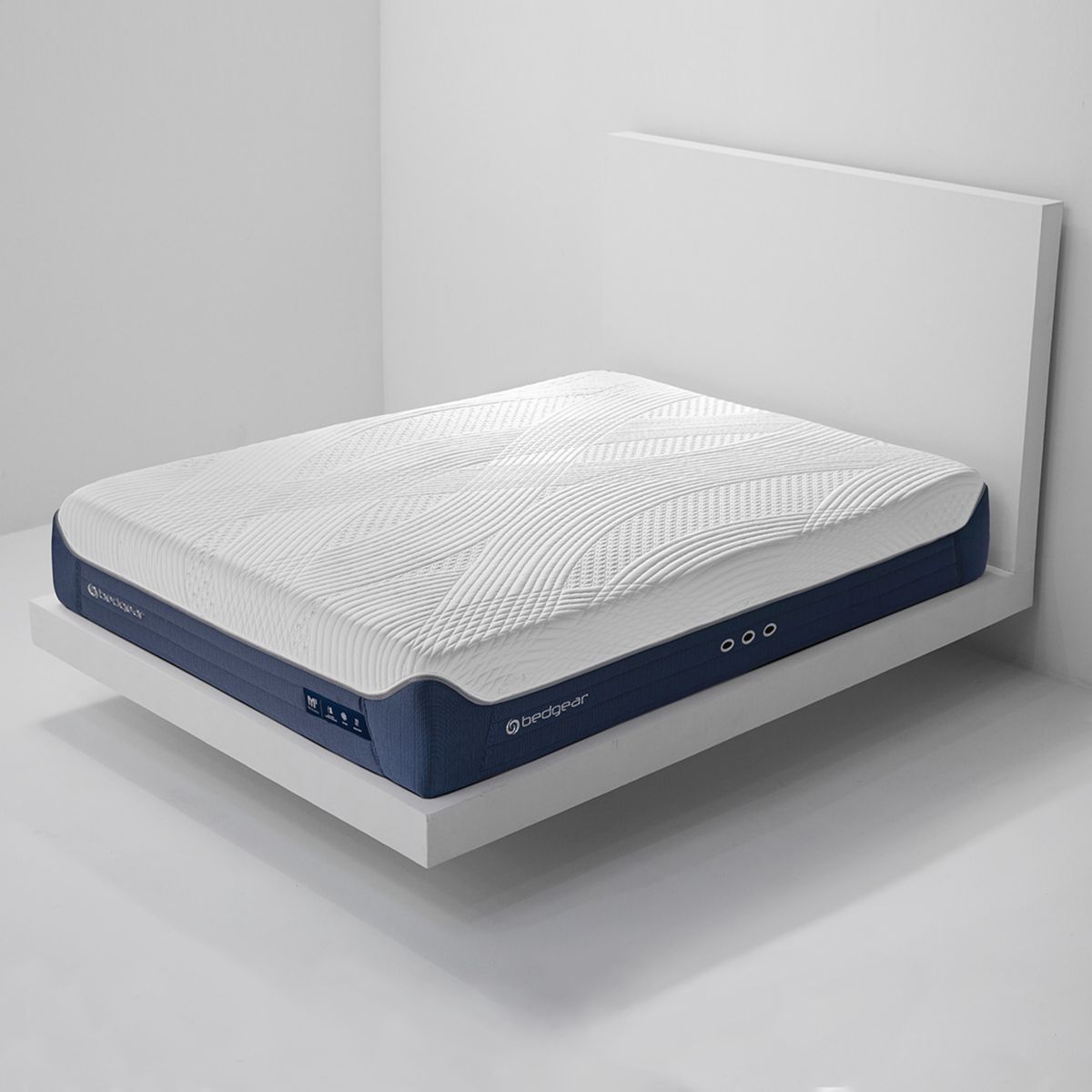 (Pictured:
(Pictured: 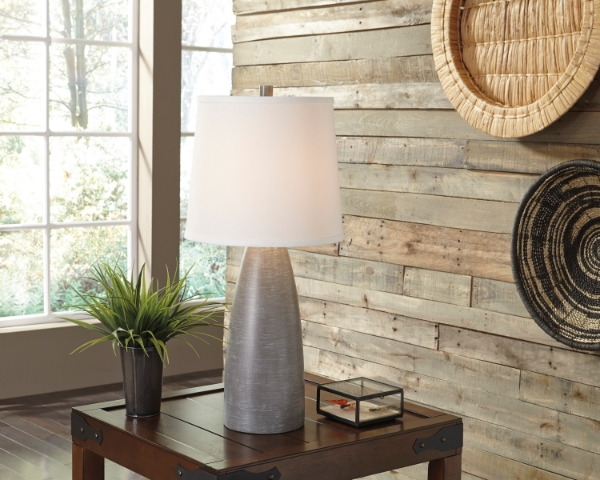
 (Pictured:
(Pictured:  (Pictured:
(Pictured:  (Pictured:
(Pictured: 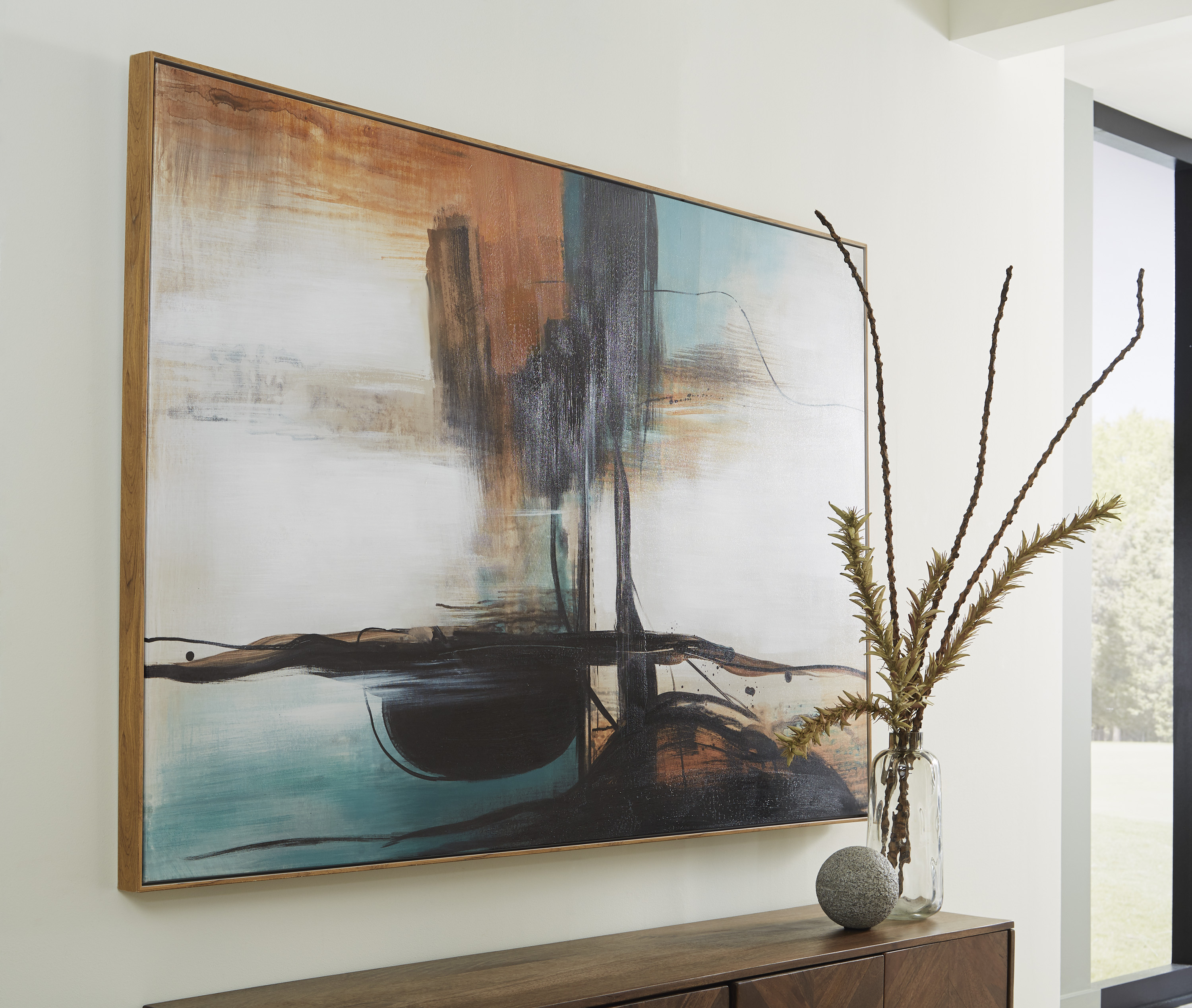 (Pictured:
(Pictured:  (Pictured:
(Pictured: 
-LIT.jpg) (Pictured:
(Pictured:  (Pictured:
(Pictured:  (Pictured:
(Pictured: 
